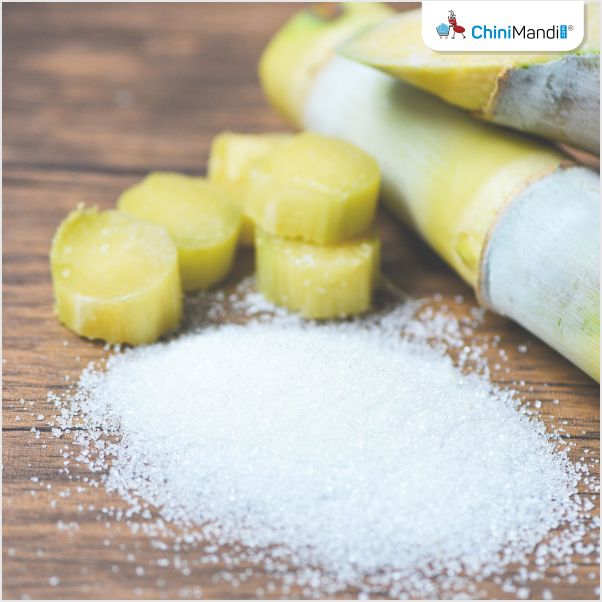Why is that?
The Oct/March broke a downtrend in place since September of last year and this has prompted a large up move in the spread today. Some of this is obviously technical but there is a fundamental backing. Why is that?
The drop in price, helped by a large amount of spec liquidation (Some 45,000 since the week of 05/24/22, but 84,000 since the week of 04/12/22), but then the last few weeks have even seen funds starting to go short (+42,000 since the week of 05/24/22)
That drop in spec positions which to some degree was an exit of the inflation trade seen across commodity futures (blaming a coming recession) dropped the price of sugar to as low as 17.71 and this most certainly brought in demand from consumers that saw a bargain after all the inflation talk.
With India now sold out even though the Government will officially allow another 1.0 MMT of export on top of the 10 MMT, that sugar was already sold the Government was coming to the rescue of exporters effectively. That leaves most buyers to rush for Brazilian sugar, as Thailand has also been aggressive with their sales. But weather issues last year and dry weather this year, Brazilian cane yield and sugar production will struggle this year. The early (attractive) prices for ethanol also saw mills reduce their mix from 45.31% last year to 41.61% this year, also helping to reduce sugar production to the tune of 23.64% or 2.26 MMT up until mid-June. The early reading on the upcoming UNICA report due next week, shows that sugar production could show another drop for the second half of June, so that deficit to last year could increase further.
Increased demand and reduced supply results in a tighter market. This is reflected in the spread and flat price and yesterday’s rally is a sign of that tightness as well as breaking a downtrend in the spread and in the flat price (18.45), which brought in technical buying and prompted short covering from some specs.
Will the rebound hold? That depends on if demand chases the market and if weather in Brazil remains dry, similar to last year (into September) which will impact cane yields for the second year running. The dry weather might be influenced if the third La Nina in succession shows up later this year. Right now, the Australian weather Bureau has issued a “watch” which puts the chance of a return at 50%.
The Indian selling and now the unwinding of the commodity inflation play has overshadowed the late start in Brazil’s harvest and residual impact of last year’s drought. The reality of a possible second straight poor crop from Brazil appears to have caught the market by surprise. How big a surprise it will be is still yet to be decided.












